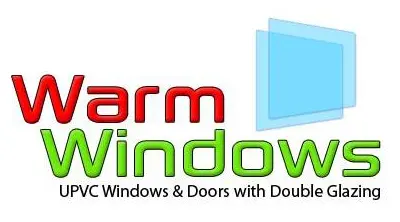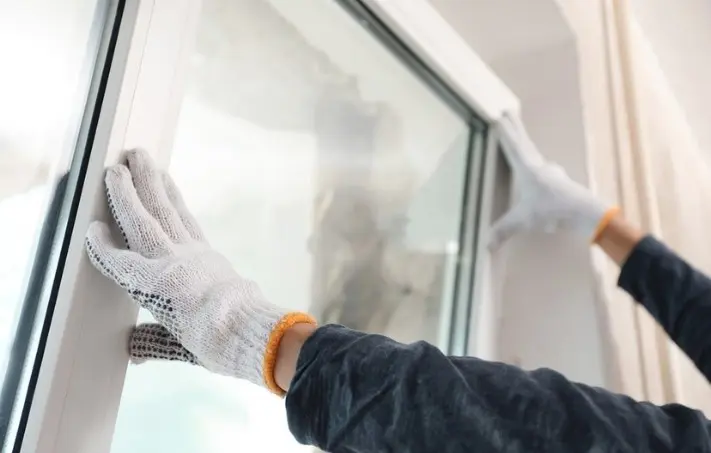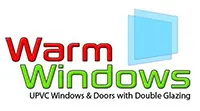How Double Glazing Brings You Closer to a Passive Home
Passive homes are growing in popularity in NZ because they promote energy-efficient and environmentally friendly homes. The concept of passive homes focuses on maximising “passive” influences in a building—such as shade, sunlight—and ventilation to provide comfortable temperatures all-year-round instead of relying on air conditioning and central heating. Today, we discuss how you can achieve the similar benefits of a passive home and bring it one step closer to being energy-efficient with windows such as uPVC double glazing.
Building a passive house
A passive house must meet several criteria to achieve the official passive house standard. Passive homes require airtight construction, mechanical ventilation with heat recovery, quality insulation, and superior windows. In general, the thermal comfort of living areas should be comfortable all year round, with no more than 10% of the hours in a given year exceeding 25 degree Celsius.
Glazing and thermal performance
Windows are vital features in design when it comes to letting light in and fresh air into your homes. But windows can also be a source of unwanted heat gain in the summer, and significant heat loss in the winter. In passive home design, energy-efficient windows are an essential part of to making your home more comfortable and help significantly reduce overall energy costs.
Because passive house windows utilise high-quality frame technology combined with triple glazing, selecting the right specifications is critical to improving the energy efficiency of your home.
Types of glazing
1. Glass
There are a wide variety of glass products available to achieve more passive homes. Here are some of them:
- Toned glass – has colouring additives that provide body tinting. Colours don’t necessarily change the U-value of the glass because glass conductivity is unaffected by the presence of a pigment in the glass.
- Low emissivity glass – it either has a vacuum-deposited film metal coating that is soft or a pyrolytic coating that is hard and durable. Both soft and hard coatings can be used in high and low transmission applications. High transmission Low-E glass allows daylight to pass into the house but reduces infrared heat that can escape. Low transmission Low-E glass reduces the solar heat gain while maintaining good levels of light transmission.
- Insulated glass units – a combination of two or more glazing layers sealed with a gap between the layers.
- Secondary glazing – this allows single glazed windows to be retrofitted with a transparent acrylic or glass via a secondary frame. This creates air space between the glass and acrylic layer providing excellent noise control.
2. Frames
Your frames also have a significant impact on the thermal performance of your windows.
- Aluminium window frames – light, strong, and durable, but aluminium is a good conductor of heat and can decrease the insulating value of a glazing unit. Dark coloured aluminium frames absorb a lot of solar heat and conduct it inside.
- Timber frames – timber is a good natural insulator but will require larger tolerances in openings.
- Composite frames – these use aluminium profiles on the outer sections with either timber or uPVC inner section, which improves thermal performance.
- uPVC – uPVC have the same insulating properties as timber. They can be moulded into complex profiles the provide excellent air seals. Additionally, they’re extremely durable and can last for more than 50 years as they don’t rust, corrode, warp, or rot.
Get closer to a passive home with Warm Windows
Excellent ventilation and high levels of insulation are key elements of passive construction. Homes with glazed windows to keep heat loss low are already halfway there!
At Warm Windows, we can help you achieve windows that cut heat loss from 50% to only 10%, with standard uPVC double glazing units. uPVC windows make your home more comfortable and your power bill more attractive. If that’s not enough, we can install a triple glazed unit with argon and low-E glass, which is second to none in heat-retaining capabilities. For healthier and more energy-efficient homes, contact us today!



